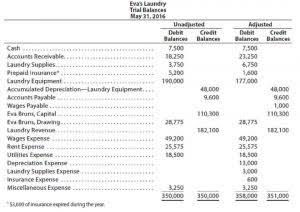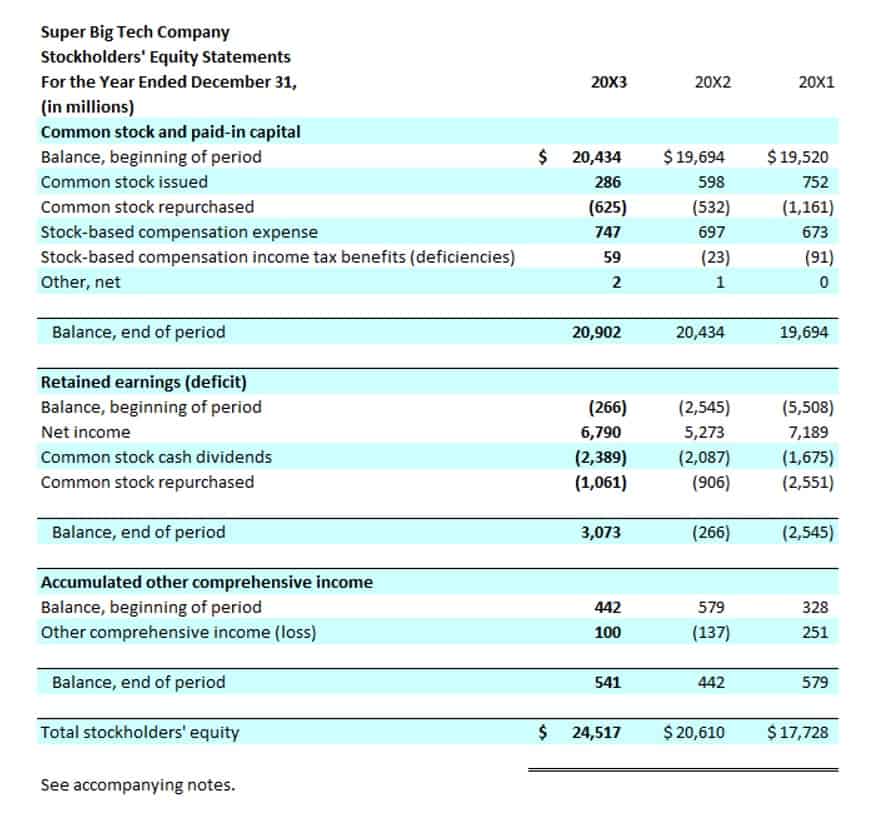
Avoiding overstocking and instead focusing on just-in-time inventory systems can reduce holding costs and free up cash. Note why and where you’re overstocking and develop a written plan that makes your process more efficient going forward. This step is critical, because it connects the changes in the numbers with actual events, decisions, and strategies at the company. End-to-end B2B payment protection software to mitigate the risk of payment error, fraud and cyber-crime.
- A company’s cash flow from operating activities is the amount of cash that it generates from its normal business activities.
- For information pertaining to the registration status of 11 Financial, please contact the state securities regulators for those states in which 11 Financial maintains a registration filing.
- This measurement does not account for any financing sources, such as the use of debt or stock sales to offset any negative cash flow from assets.
- Like the fund flow statement, this statement also shows the inflow and outflow of cash between two time periods—generally from January to 31 December.
- The Motley Fool reaches millions of people every month through our premium investing solutions, free guidance and market analysis on Fool.com, top-rated podcasts, and non-profit The Motley Fool Foundation.
To Ensure One Vote Per Person, Please Include the Following Info
The company will need to seek other sources of funds to support its operation and prevent liquidation. They are the capital that investors have invested plus the amount company owes to others creditors. The amount of cash company generates reflects how good they are in using its assets to generate cash. Cash flow on total assets ratio is the tool to measure the amount of cash flow a company made compare to the total assets.
- Cash and cash equivalents include currency, petty cash, bank accounts, and other highly liquid, short-term investments.
- The CFS can help determine whether a company has enough liquidity or cash to pay its expenses.
- To find your NWC, you’ll need the Balance Sheets from two consecutive periods (a period can either be a fiscal quarter or a year).
- He currently researches and teaches economic sociology and the social studies of finance at the Hebrew University in Jerusalem.
Cash flow from operations

Adam bookkeeping Hayes, Ph.D., CFA, is a financial writer with 15+ years Wall Street experience as a derivatives trader. Besides his extensive derivative trading expertise, Adam is an expert in economics and behavioral finance. Adam received his master’s in economics from The New School for Social Research and his Ph.D. from the University of Wisconsin-Madison in sociology. He is a CFA charterholder as well as holding FINRA Series 7, 55 & 63 licenses.

What Is a Cash Flow Statement (CFS)?
Cash flows are reported on a cash flow statement, which is a standard financial statement that shows a company’s cash sources and use over a specified period. Corporate management, analysts, and investors use this statement to judge how well a company is able to pay its debts and manage its operating expenses. The cash flow statement is one of several financial statements issued by public companies, which also include a balance sheet and an income statement. Cash flow from assets (often abbreviated as “CFFA”) refers to the total cash flow generated by a company’s assets, not taking into account cash flow from financing activities. It measures a company’s ability to generate cash inflows from its core operations using strictly its current assets and fixed assets.

- Sometimes, even a slight increase in pricing, if justified by value addition, can boost cash flow without affecting demand significantly.
- That means that ABC Company increased its total assets by $420 million during this one-year period.
- Changes made in cash, accounts receivable, depreciation, inventory, and accounts payable are generally reflected in cash from operations.
- Multiply that result by 100 to see the percentage change — in this case, 21.3%.
- You don’t want your business’s success to hinge on a single stock or asset.
The numbers are what they are because of decisions and events that actually occurred. Separating these calculations into categories — operations, investing and financing — can help clarify the state of your cash flow. A negative balance in investing is usually a good thing, while a negative balance in operations can be a red flag. To find your cash flow value, subtract the outflow total from step 3 from the total cash balance from steps 1 cash flow from assets equals: and 2. This final number will also be the opening balance for your next month or operating period.

To find your NWC, you’ll need the Balance Sheets from two consecutive periods (a period can either be a fiscal quarter or a year). Calculate NWC for each period by subtracting the current liabilities from current assets. Assets, liabilities, and stockholders’ equity are three features of a balance sheet. The purchasing of new equipment shows that the company has the cash to invest in itself. Finally, the amount of cash available to the company should ease investors’ minds regarding the notes payable, as cash is plentiful to cover that future loan expense. These figures can also be calculated by using the beginning and ending balances of a variety of asset and liability accounts and examining the net decrease or increase in the accounts.